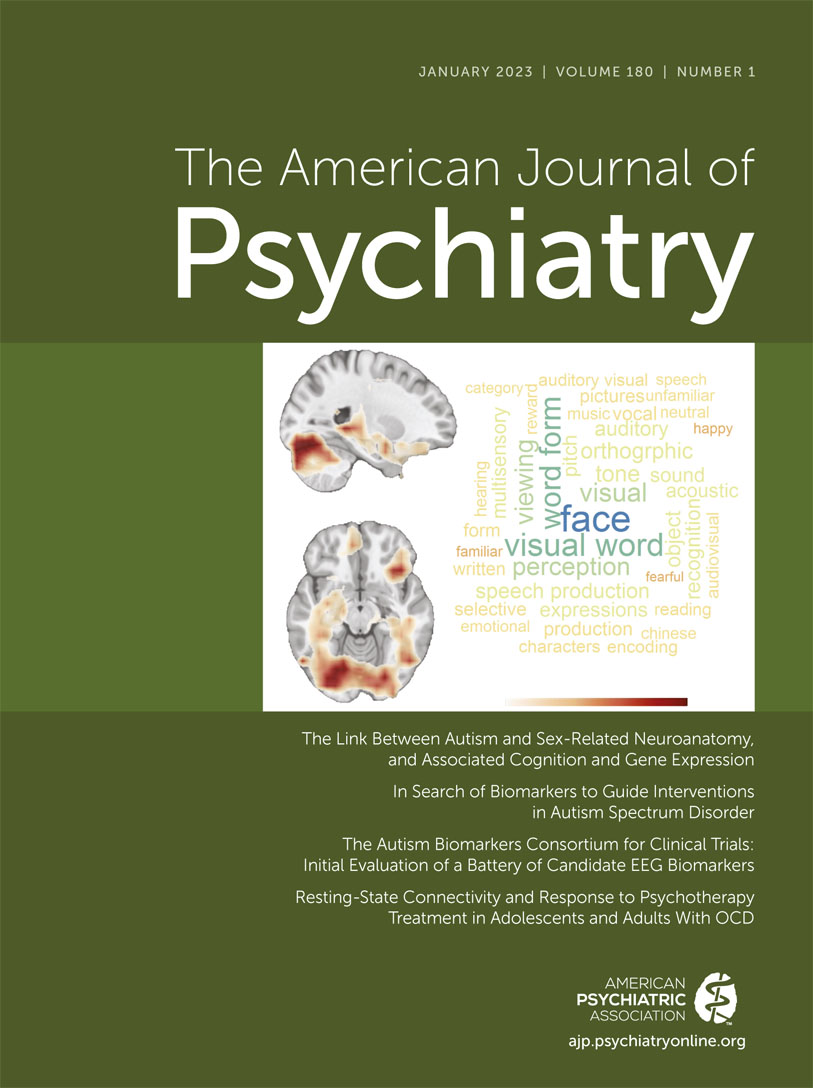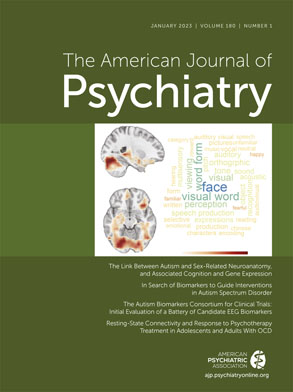The rigor of the ABC-CT offers a case study in the double-edged sword of tight controls. On the one hand, confidence in signals obtained across sites can undoubtedly be stronger than even those sought through careful replication. On the other hand, questions of generalization bear consideration after this rigorous investigation. First, do these findings generalize to EEG setups other than the system used by the ABC-CT consortium, including those with sparser arrays, different administration procedures, varying signal processing pipelines, and differing behavioral protocols (
3)? These methodological differences may not be trivial: prior work has shown that the error-related negativity (ERN) ERP, a neural index of self-monitoring, such as detecting errors when one commits them, which has been associated with anxiety symptoms, varies in stability by reference, baseline correction, amplitude measurement, and site recordings (
4). Could an exploratory approach, such as the one used to assess the ERN, be applied to ERPs of interest in the ABC-CT to enhance the reliability of obtained signals across acquisition methods? A second issue pertains to diversity—both of stimuli and of participants. For instance, it appears that, for the face paradigm, a very small number of faces were used, to reduce variability; however, this introduces questions regarding representation across racial, ethnic, and cultural groups. Relatedly, the stimuli presumably included only neurotypical faces and facial expressions; how might these effects replicate (or not) when the facial stimuli are produced by autistic individuals, given neurotypical difficulties in reading emotions in such faces (
5)? Likewise, it is well established that individuals with coarse/curly hair, as is more common in Black/African American populations, are often systematically excluded from EEG studies (
6), particularly when standardized dense arrays are used. Can these paradigms be applied to sparser array setups to increase diversity?
The ABC-CT shows that it is possible to obtain reliable signals across sites using tight controls; however, evidence of the robustness of these signals will depend on future work increasing the diversity of equipment, stimuli, and participants. These questions grow larger when we begin to consider the future of ERP research (
2) and accessibility of clinical trials to people from all backgrounds, where it is likely that increasing use of portable EEG setups will give way to in vivo measurement of the components identified by Webb et al. Will these components retain their psychometric strength in this setting? More generally, to what in vivo social behaviors do the obtained components map on—and what does this tell us about the ecological validity of these components?

